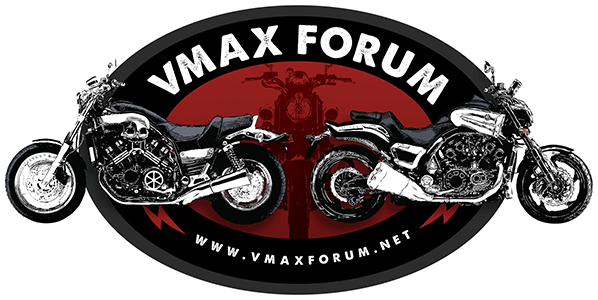TURBOVMAX
Well-Known Member
satariel666
Forgot to answer one of your questions... the big end is the same as the Vmax (38mm) with the bearings installed. The Busa rod is wider by about 1mm which isn't a big deal as the rod will be milled to the Vmax width without disturbing the bearings. So the crankshaft would be ground to the Busa's specs. Who knows maybe Suzuki has better bearing material.
Forgot to answer one of your questions... the big end is the same as the Vmax (38mm) with the bearings installed. The Busa rod is wider by about 1mm which isn't a big deal as the rod will be milled to the Vmax width without disturbing the bearings. So the crankshaft would be ground to the Busa's specs. Who knows maybe Suzuki has better bearing material.












![Bovemanx Motorcycle Phone Mount Holder, [150mph Wind Anti-Shake][7.2inch Big Phone Friendly] Bike Phone Holder, Motorcycle Handlebar Cell Phone Clamp, Compatible with iPhone 16 Pro Max Smartphones](https://m.media-amazon.com/images/I/51F+1sontPL._SL500_.jpg)





















